The 12-inch screen on this Ford muscle car will change how you drive
Preparing for full autonomy

With more data in our cars – easily accessible and well-designed – we can all become slightly better drivers. While some cars use a small monochrome display with barely enough information about the trip distance (say, an older Toyota Corolla), the 2019 Ford Mustang Bullitt puts a wealth of data right in front of your eyes.
I was surprised by how customizable this display is, right down to the primary and secondary color scheme. It’s a sign that actual data analytics is coming to cars, especially once we don’t need to do all of the driving.
By 'actual data analytics', I mean something more akin to a business dashboard. I’ve used dashboards like Qlik and Geckoboard before, and they remind me of what you can see and do in the 12-inch dashboard display on the Mustang Bullitt. (That spelling is intentional, by the way–the performance and track-ready muscle car has a powerful V8 engine and is a throwback to the Steve McQueen movie of the same name from 1968.)
Choose your own look
One of the first customizations I noticed is you can change the layout, known as the Cluster Appearance. In a track mode, you can see a large RPM indicator which helps with shifting and acceleration. In 'normal' mode you can see navigation and the current audio tracks. The adjustments are quite detailed. I was able to change one setting to show the actual RPM level instead of the shift indicator. The display can also show tachometers for engine and oil temp.
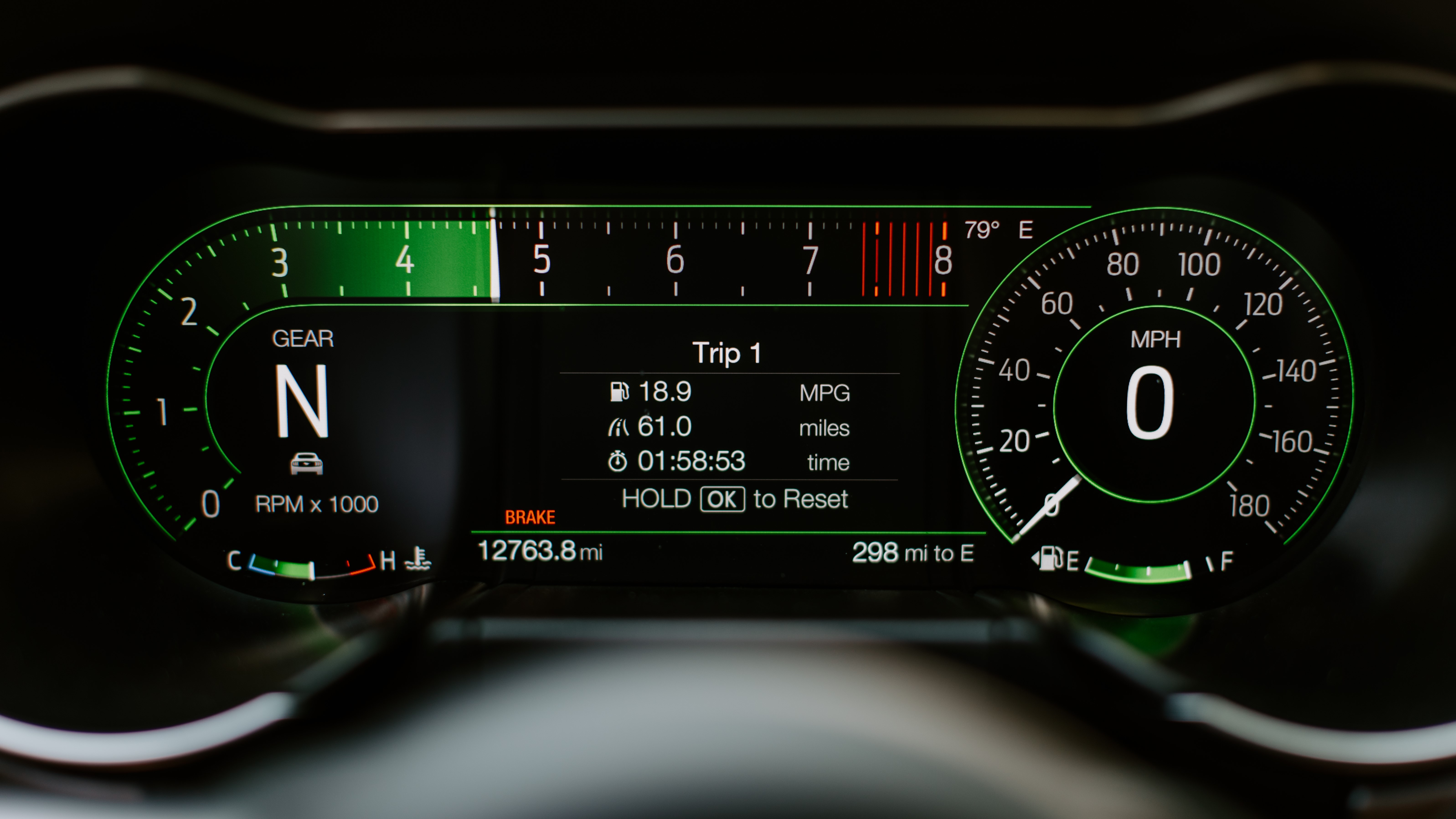
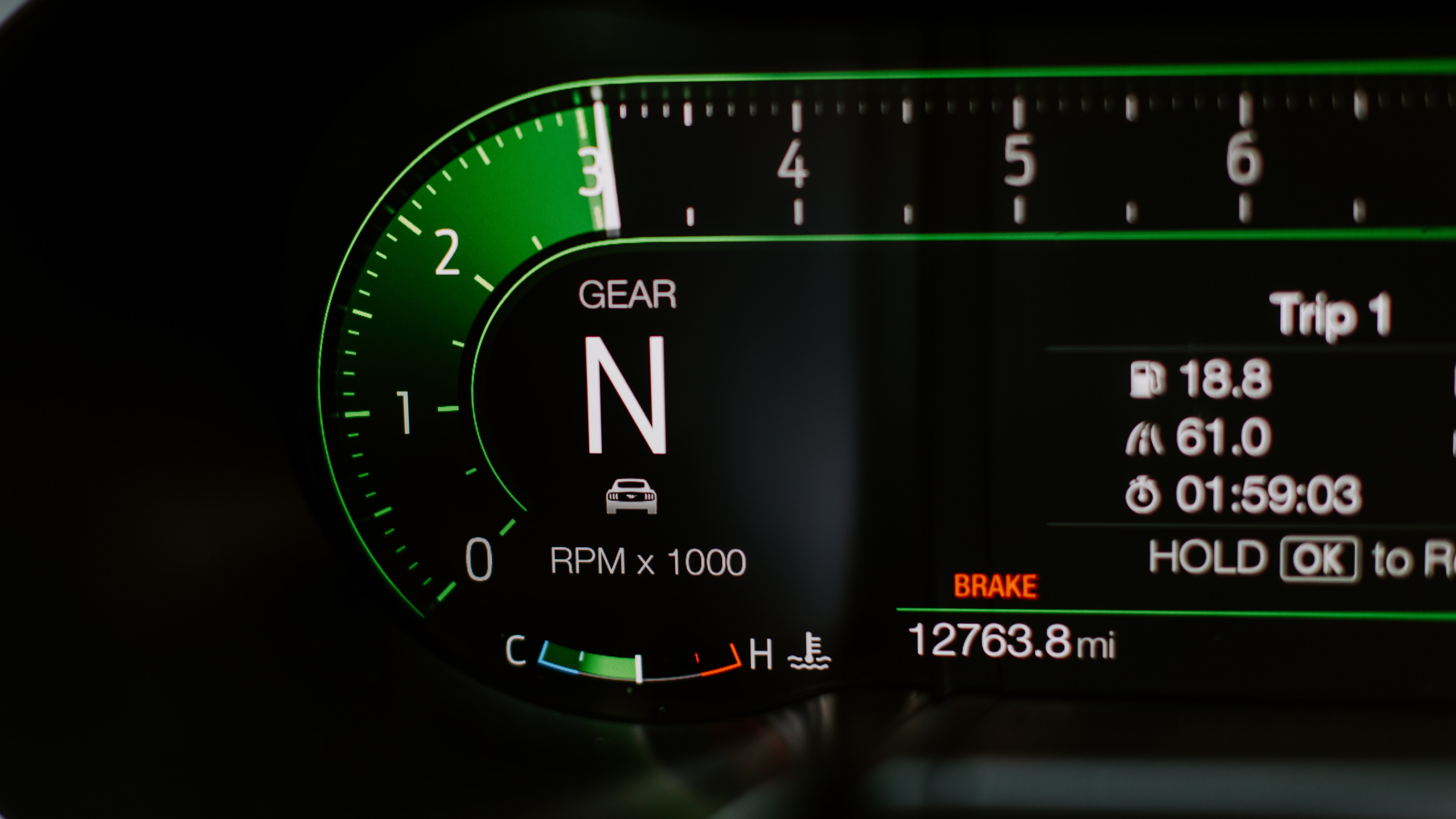

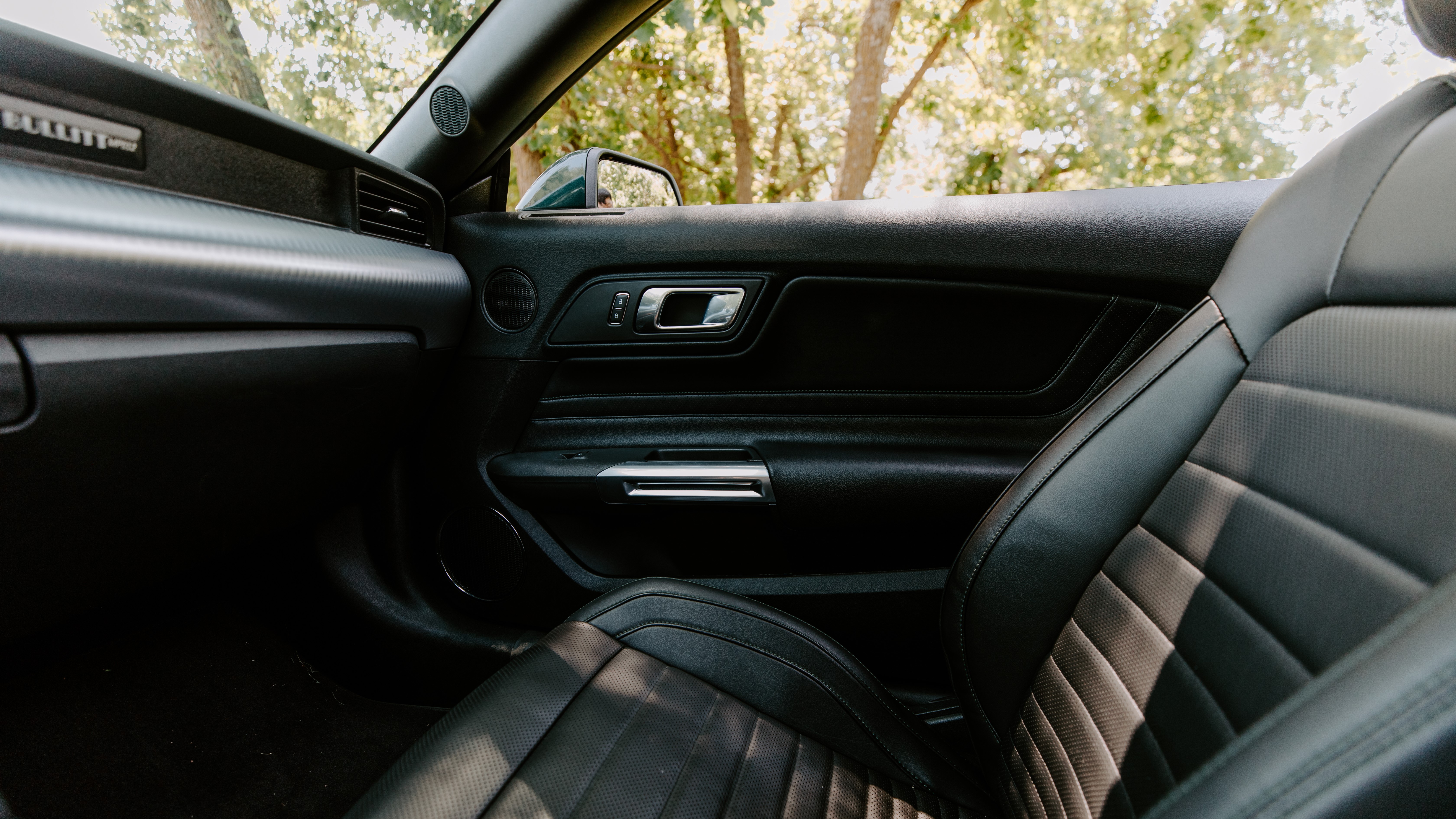
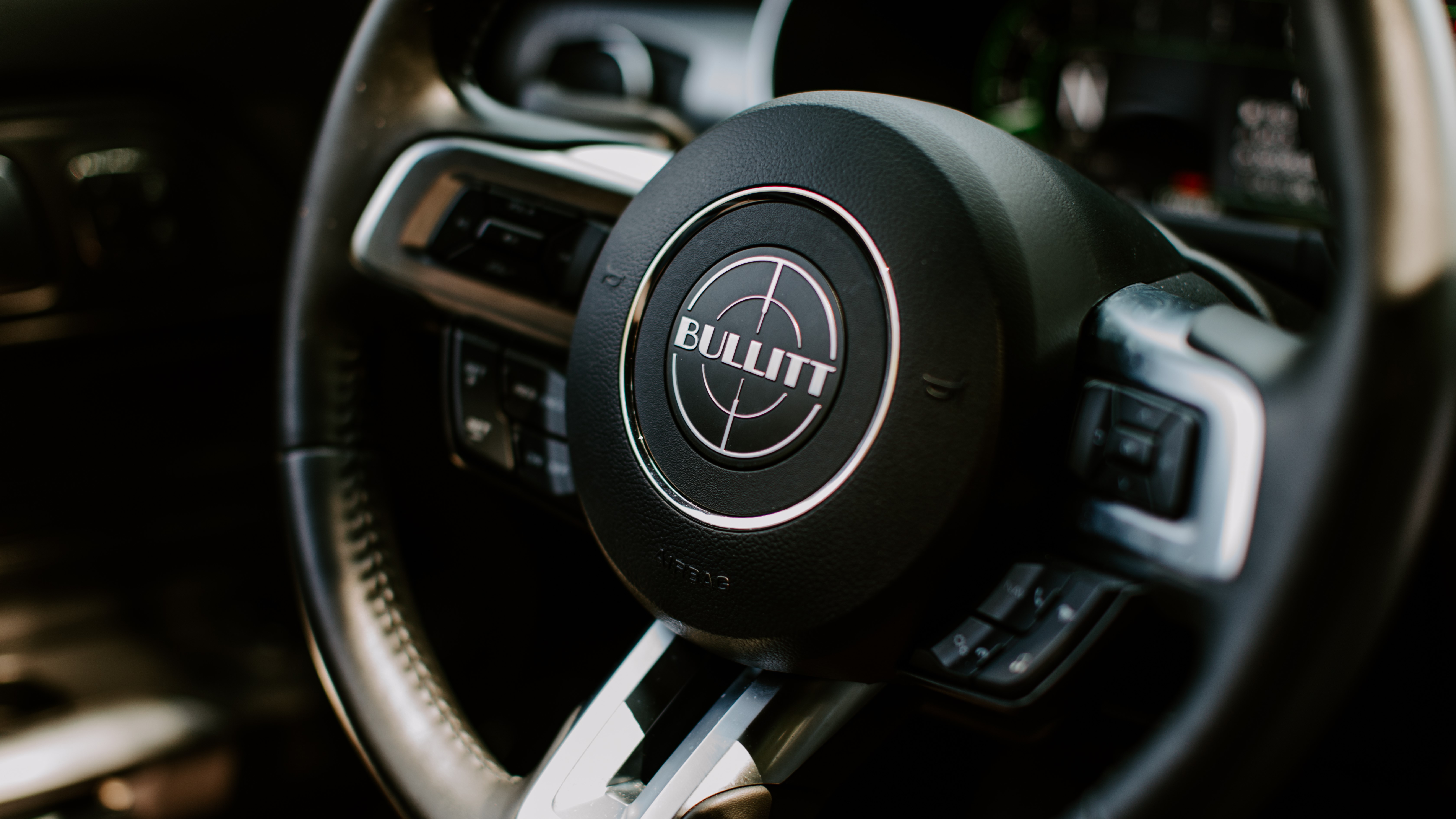
It’s all bright and colorful, so as you drive the muscle car you can focus on driving instead of squinting at a small display. Another customization that was surprising to me, even after testing dozens and dozens of Ford vehicles over the years, is that you can select both a primary and a secondary color for the display, such as ice blue or green, and then further customize that color. It’s a bit like a palette in Adobe Photoshop, honestly. I picked a strange green hue that matches the Mustang’s exterior color, which is basically a black forest green.
It ended up feeling like the dashboard adjustments are endless, especially once I started playing around with the track apps, the sound level for the exhaust, and configuring launch mode.
A different driving experience
My biggest surprise was how this changed my driving experience. On many, many new cars, most of the 'fun' settings are in the main display in the middle of the dashboard. It seems every car company – from Audi to BMW, to Tesla and Dodge – they all tend to put the 'computer' oriented settings for the car in this middle display. It makes sense in terms of sitting in a parked car and tweaking vehicle settings or for configuring how the navigation looks, but it doesn’t make the dashboard any 'cleaner'.
Sign up for breaking news, reviews, opinion, top tech deals, and more.
I get that it also makes sense to do this while parked, but most of the 'real time' settings on the Bullitt are much easier to use when they are right in your field of view. And, that meant I used them more. I tended to enable some of the track apps more often for helping me see the 0-60 acceleration time, which is something you’ll normally find in the middle console display.
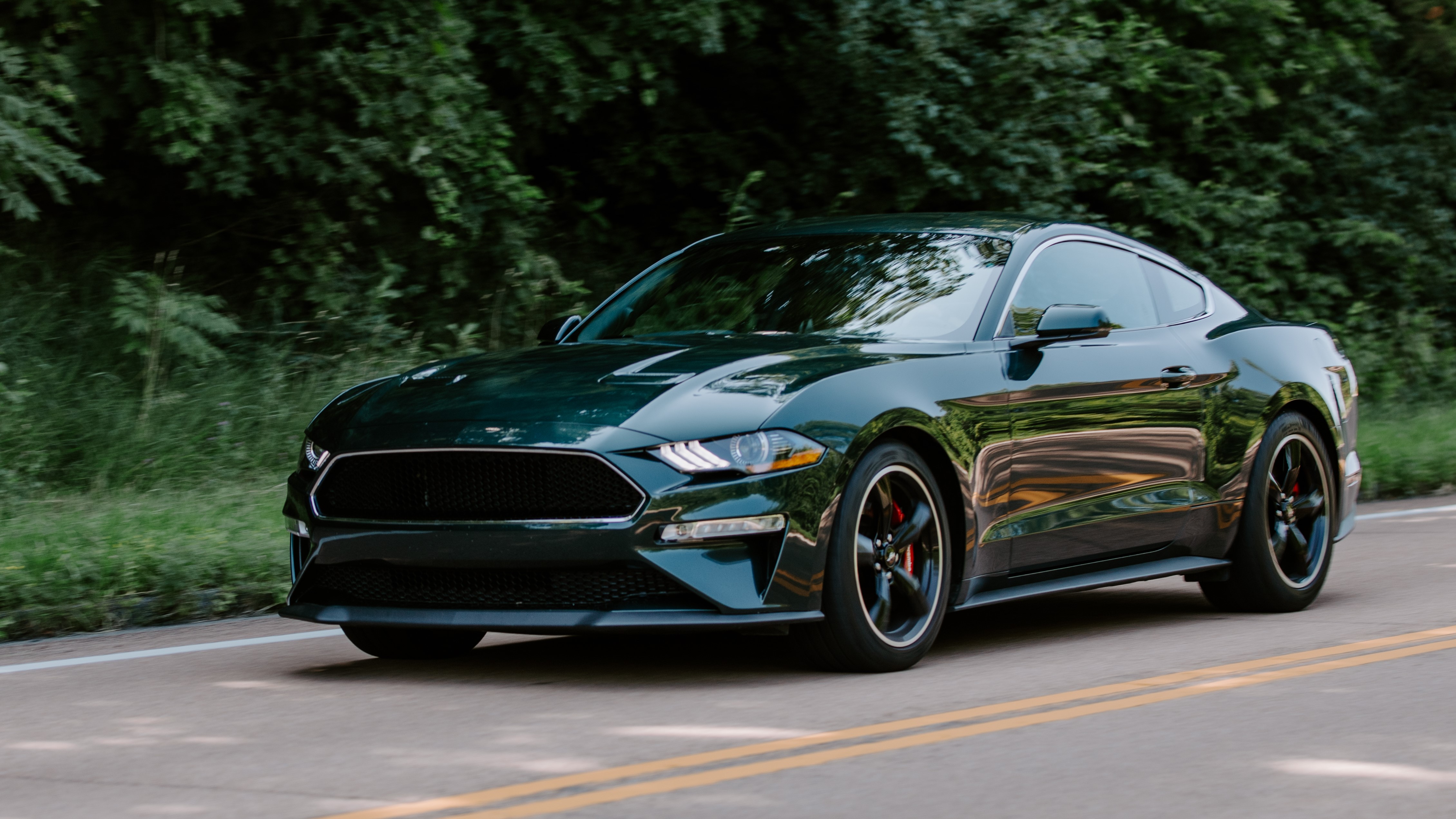
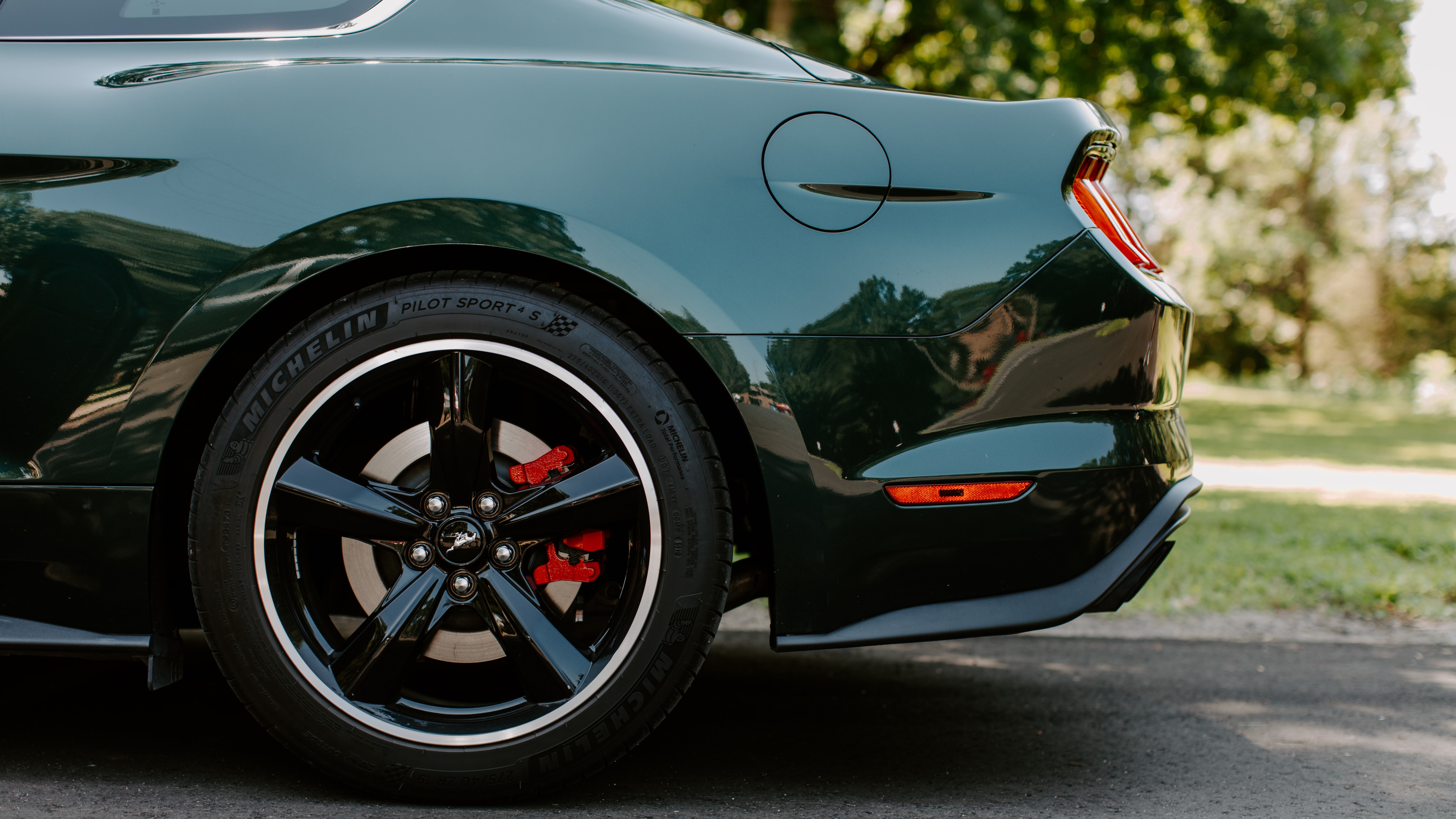
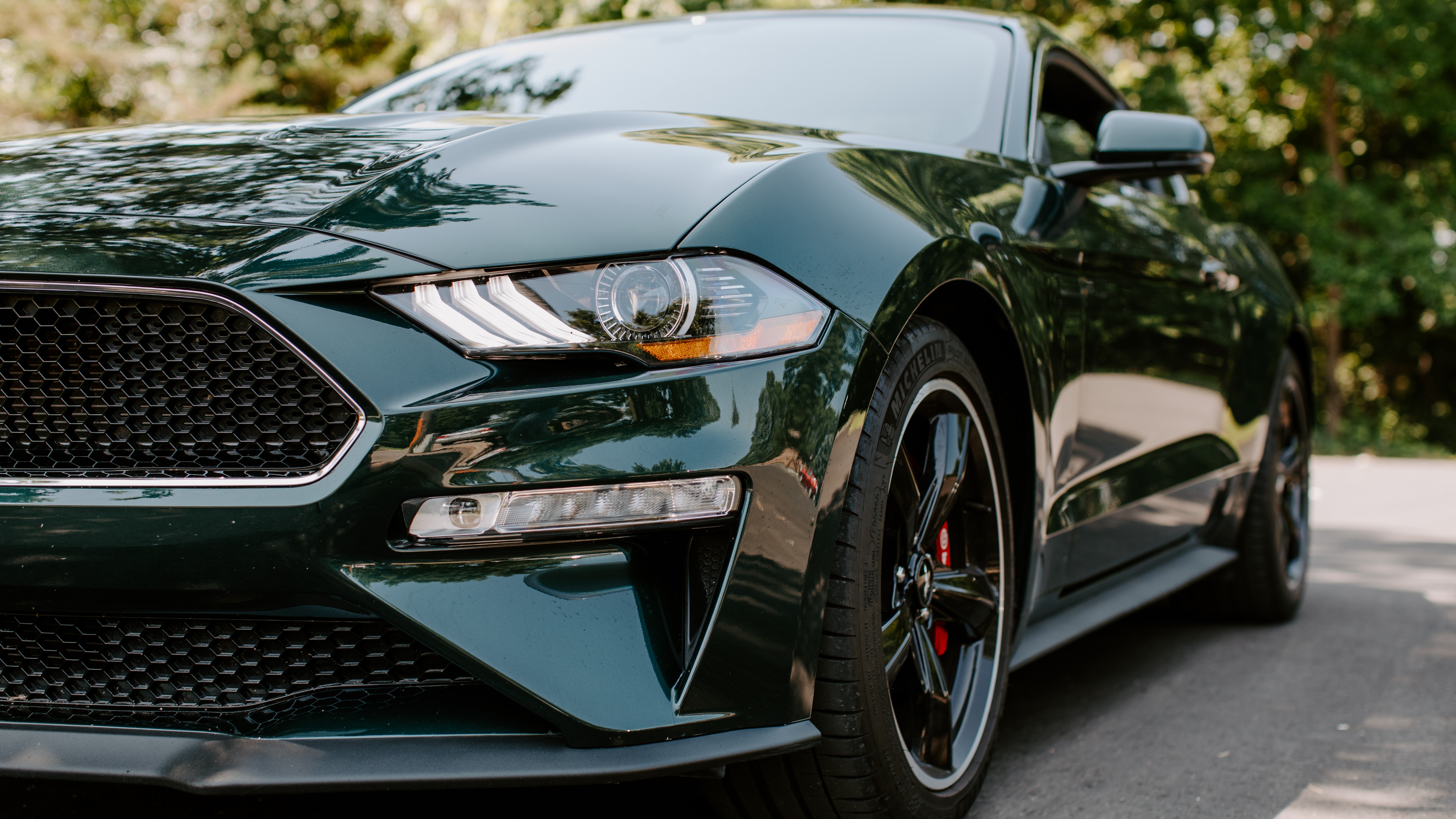


I also adjusted the exhaust mode quite often, mostly to impress passengers. (The track mode setting is quite loud and obnoxious in a good way.) It seemed like this massive display will help drivers even when we're not driving, and when we enable autonomous mode. It will seem like we are working at a desktop or a laptop, pulling up a business dashboard.
The next step? Figuring out a better interface than a simple arrow keypad. Most likely it will involve voice input with bots like Siri and Alexa. Whatever it is, I’m curious to see how new technology takes the Mustang’s interface to the next level.
On The Road is TechRadar's regular look at the futuristic tech in today's hottest cars. John Brandon, a journalist who's been writing about cars for 12 years, puts a new car and its cutting-edge tech through the paces every week. One goal: To find out which new technologies will lead us to fully self-driving cars.

John Brandon has covered gadgets and cars for the past 12 years having published over 12,000 articles and tested nearly 8,000 products. He's nothing if not prolific. Before starting his writing career, he led an Information Design practice at a large consumer electronics retailer in the US. His hobbies include deep sea exploration, complaining about the weather, and engineering a vast multiverse conspiracy.